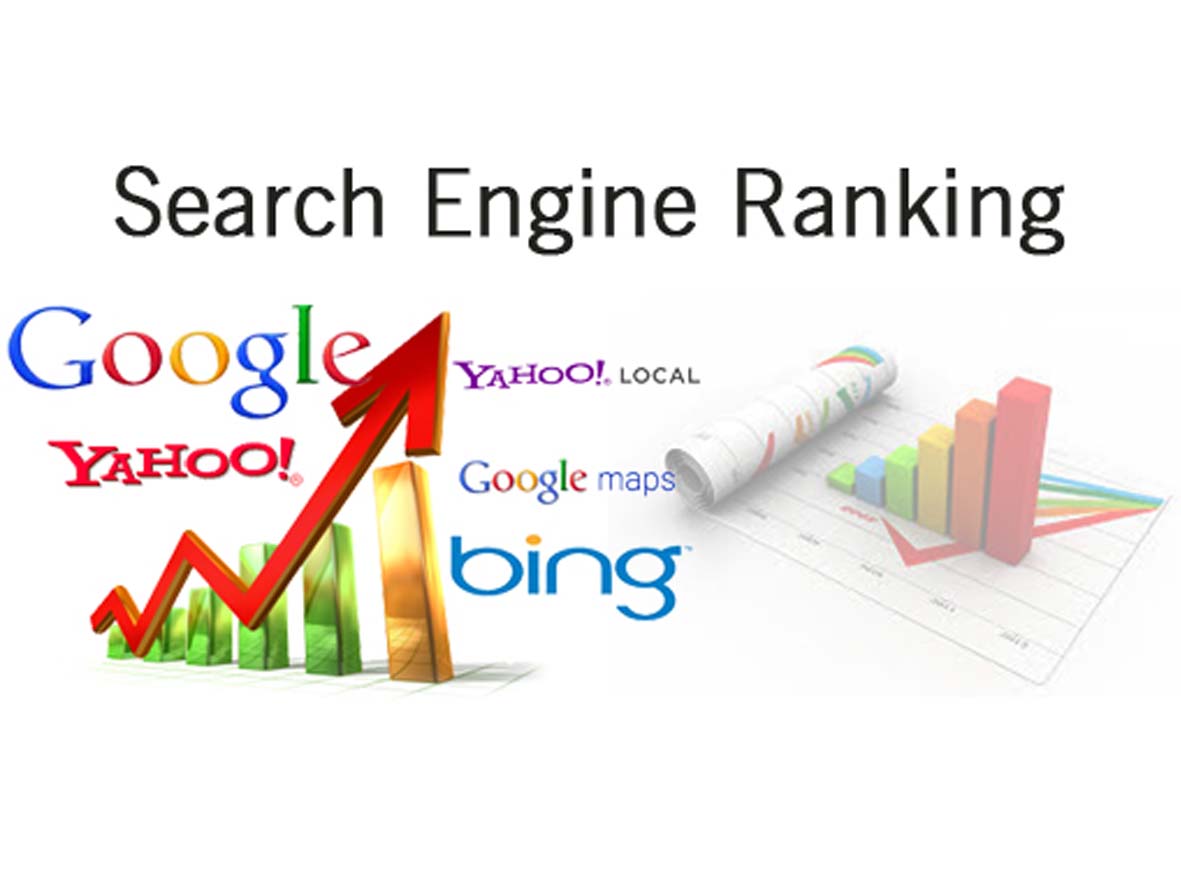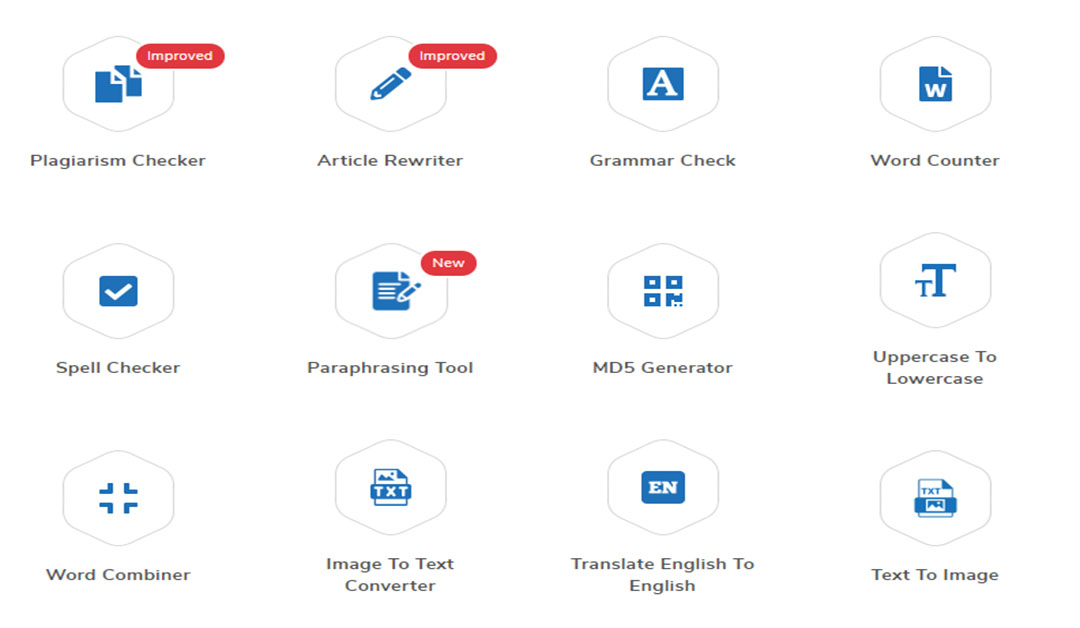Pay-Per-Click (PPC) payment models are the most popular yet least understood method of internet advertising. Many companies mistakenly invest their money in an unplanned PPC advertising campaign only to discover shortly after beginning the program the error of their ways. Thoughtful research and studied strategic planning are critical in running these campaigns effectively.
Google AdWords Remarketing
Google’s new behavioral targeting service, allows a site to target a visitor that has already shown interest in a specific page or product, will reclaim visitors who are tired of hopping from landing page to landing page or have abandon webpage shopping carts. It can also entice a one-time visitor to return to your site for another purchase. Instead of targeting a wide range visitors through their queried keywords, an advertiser can target specific visitors who have already shown interest in the brand or product based on their digital footprints, the stored data collected from past webpage behavior.
Also Read: Google Ranking Factors and Blog Research How it works
How Does It Work?
The AdWords Remarketing service track visitor activity on your website. Visitor-specific “target lists” are compiled from metrics like pages visited and whether or not a purchase is made. One would expect that a Google AdWords account can use this data to create campaigns targeting specific visitors. But there is more to the Google AdWords Remarketing service. Google’s content network tracks visitors as they surf the web and whenever the visitor lands on a site related to a product or page in the “target list” for that visitor, a context-sensitive ad is displayed on the current page for the item or product of interest and a link is provided leading the visitor back to the original website. Here is an example of how this service works:
A visitor goes to an online blue widget store, looks at several blue widgets, and even adds one to their shopping cart but at the last minute decides that further research is required. The visitor leaves the site without making a purchase. The visitor performs a quick search and finds an authoritative blog post on buying blue widgets. The visitor clicks a link and lands on the page. The first ad the visitor sees is for the blue widget store with a coupon code redeemable on return to the store and the purchase a blue widget. The context-sensitive display of an ad for the blue widget at the original store will be replayed for a set amount of time or until the visitor returns to the site and purchases the widget whenever the visitor looks at related blue widget content (articles, videos, etc.).





